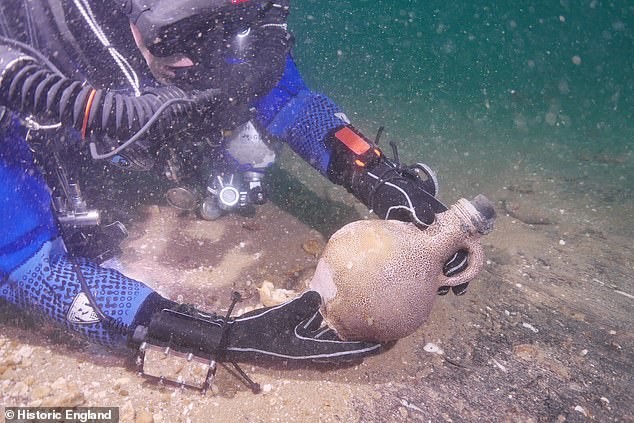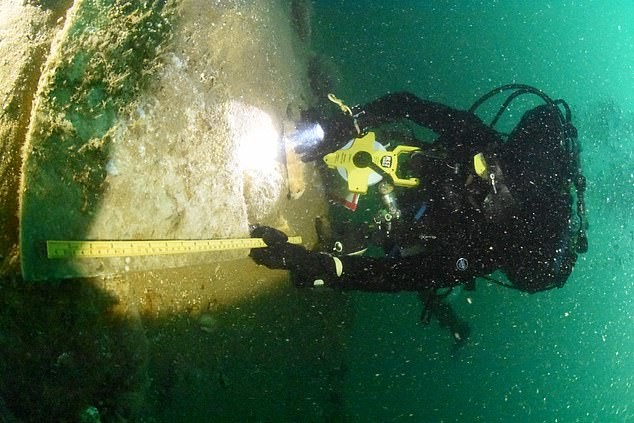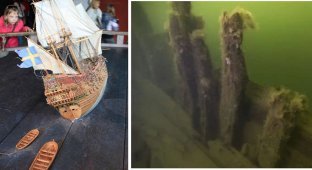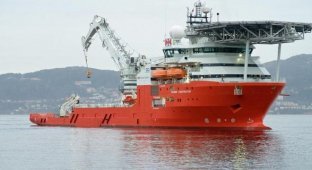Scientists have established the origin of the mysterious ship that sank off the coast of England (9 photos + 1 video)
A ship resting on the seabed at a depth of 32 meters time was known simply as "Unknown ship sunk off Eastbourne". Now scientists have established that it was "Little Holland, a 17th-century Dutch warship carrying Italian marble. Built in 1656 and owned Admiralty of Rotterdam, the ship participated in all major battles Second Anglo-Dutch War (1665-1667). 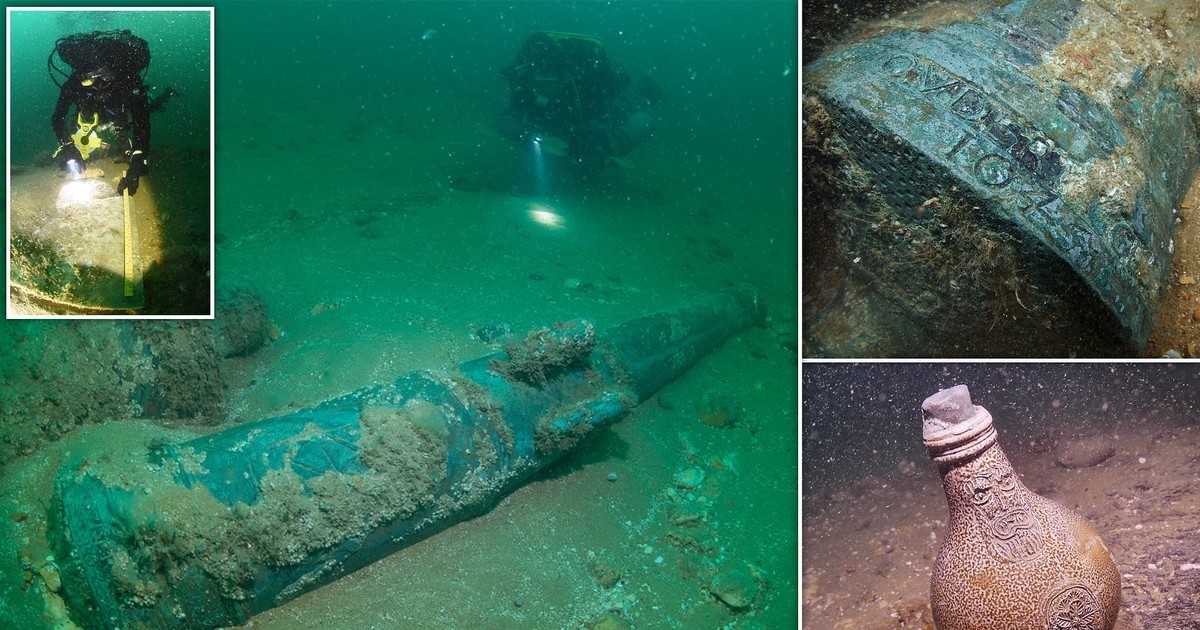
The ship sank in 1672 and was discovered in 2019. Nakhodka considered so important that in the same year the ship was granted the highest level of protection under the Protection Act sunken ships in 1973. During the past year over the ship was identified by specialists from Historic England, The Dutch Cultural Heritage Agency (RCE) and the Maritime Society archeology. They used materials collected from the crash site a team of professional and voluntary divers, as well as archival research and analysis of annual rings of wood samples.
Heritage Minister Lord Parkinson said: “The identification of the ship Klein Hollandia allows a glimpse into the 17th century, giving us the opportunity to learn more about the maritime history of this period and discover treasures that have been underwater for hundreds of years."
“I am very pleased that, thanks to this partnership between Great Britain and the Netherlands, we were able to solve some mysteries, associated with this ship and protect it for future generations to they could continue the research,” Parkinson added.
Duncan Wilson, Executive Director of Historic England, said: “We are delighted that the materials scientists at Historic England have played a key role in unraveling the mystery of the previously unknown identity of this ship. Revealing the history of the warship Klein Hollandia opens another exciting chapter in an already rich shared maritime history Great Britain and the Netherlands". 

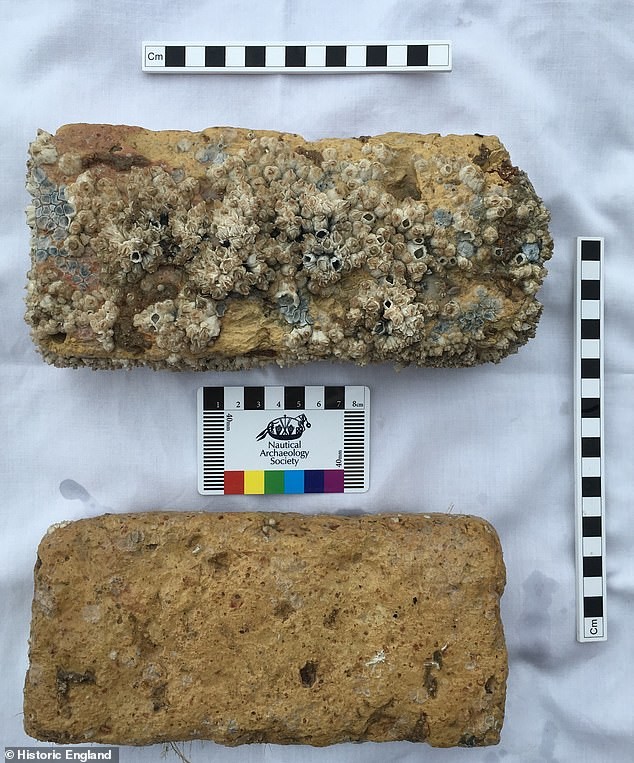
Experts say the wreck is in excellent condition and allows you to learn a lot about how they were built Dutch ships of the 17th century, and about the actions of a warship during its last flight.
Among the materials found on the seafloor were most wooden case, cannons, Italian marble tiles and pieces Italian ceramics. Marble tiles were quarried in quarries of the Apuan Alps near Carrara in Italy and were kept at archaeological restorers of "Historic England" before research. The tile was destined for the Netherlands and was used for the construction of prestigious houses. 
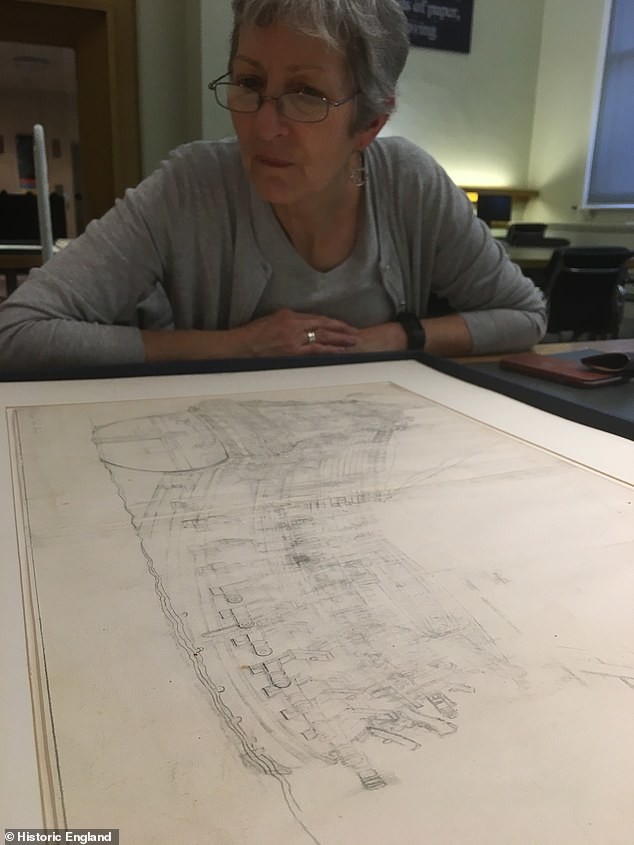

The wreck was discovered in 2019 by a diver from Eastbourne David Ronnan as reported by Historic England, Ronnan and Mark Beatty-Edwards, Executive Director of the Society for Marine Archaeology, are licensees and have been investigating the shipwreck since its detection. “From the very first dive to the crash site in April 2019, we were fascinated by the variety of material on the seafloor — Beatty Edwards said. – Impressive number of wooden structures hulls, ship cannons, beautifully carved marble tiles, and found pottery - all this indicates that this late 17th century Dutch ship returning from Italy. Now, After four years of research and development, we can confidently identify the vessel. 